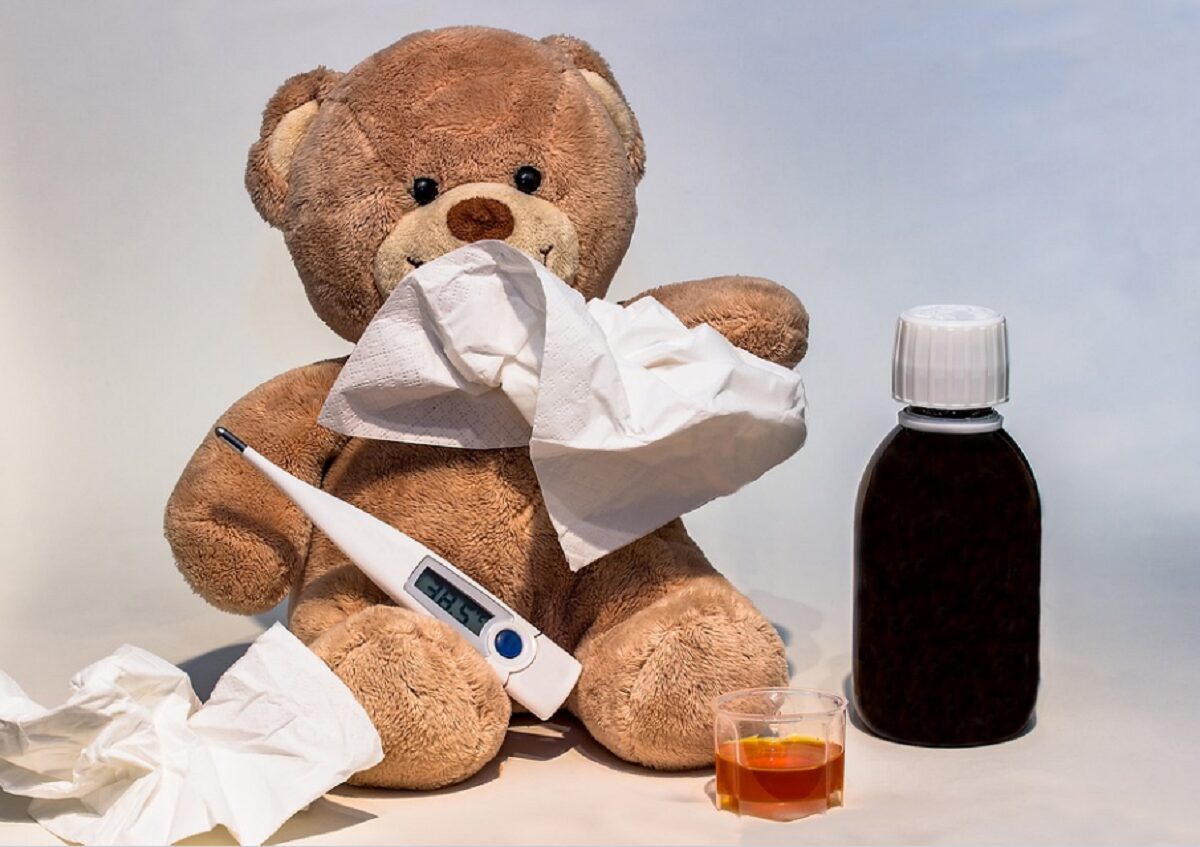My child convulses due to fever, what should I do?
For every mother, a seizure represents a devastating event, even if it lasted a few seconds. Although it may not seem like it, seizures in children are very frequent episodes, especially during the school stage.

Now, if the child has a seizure, you should know a few things that will help you stay calm during crises. So if my child has a fever seizure, what should I do?
Is a seizure the same as an epilepsy?
Before you know what a febrile seizure is and what causes it, it is essential that you learn the difference between a seizure and epilepsy.
The reason for this is that many mothers classify their children as epileptic, when the only thing they presented was a seizure.
Conceptually, a seizure is an involuntary contraction of the muscles, while epilepsy is a cerebral crisis due to the excessive discharge of electrical impulses in the neurons.
Basically, a seizure compromises motor skills, but epilepsy not only motor skills, but there are more symptoms.
What are febrile seizures?
A seizure is an episode of seizure that is associated with fever, in the absence of other clinical entities that explain the origin of the seizure, such as central nervous system infections, metabolic or electrolyte disorders.
Additionally, these events usually occur between 5 months and 5 years of age. This means that if your child is 3 months old, the seizure is most likely due to an underlying cause and not a fever.
Likewise, if the child is over 5 years old and has a seizure, it was probably not due to the fever.
It is worth mentioning that there is a peak between 18 and 24 months, in which these events are more frequent.
Thus, 2% and 5% of the pediatric population in a geographic area could present a seizure associated with fever.
What are the causes of a febrile seizure?
Of course, the fever is responsible for the seizure, but what caused the fever?
The main cause that generates fever and with this a seizure, are respiratory, gastrointestinal viral infections or exanthematic diseases.
This means that if your child has pneumonia, bronchitis, diarrhea, or chickenpox, he has a small chance of convulsing from the fever associated with these diseases.
Another infectious cause is due to the invasion of the toxin from the Shigella bacteria, the Shiga toxin.
In addition to this, vaccines are responsible for a small percentage, not because the vaccine itself generates that effect, but the vaccine can cause fever and fever, a seizure.
Can a fever seizure be passed down from one generation to the next?
It is important that you know your family history, because if one of the parents had a seizure during childhood due to fever, there is a 10% to 20% probability that your child will have a seizure event due to fever.
Febrile seizures have been associated with dominant genetics, so don't be surprised if your doctor asks you about your family history.
How are febrile seizures classified?
In medical terms, febrile seizures are classified into simple and complex, which depends on the characteristics of the seizure, the length of time and the number of episodes.
Fortunately, simple crises represent 80% of cases and complex ones the remaining 20%.
It follows from this that a seizure is simple if it meets these criteria.
A seizure episode in 24 hours, lasting less than 15 minutes.
After the seizure, the child recovers his entire neuromuscular state, that is, he can speak correctly, he moves his limbs symmetrically.
There is no neurological deterioration.
Another story is complex seizures, which are characterized by the following aspects.
More than one seizure episode in 24 hours. Besides, the duration is greater than 15 minutes.
After the seizure, neurological targeting may be evidenced. This means that the child has difficulty speaking, cannot walk properly, among others.
There is a marked neurological deterioration.
Recurrence factor?
A recurrence factor is all those aspects that are present in the child's medical history, which condition it to repeated seizure events.
In the first instance, it is that it is the first febrile seizure before the first year of age.
Next, that they have a family history, that is, that a relative has had a seizure as a child, especially that it was a mother or father.
Finally, that the child convulses with a not so high temperature. So, it is more alarming that the child convulses with 38 °C of temperature, than with 40 °C. The reason for this is that he can convulse more times.
What should I do if my child has a seizure for the first time?
What you should do is take your little one to a health center. It is not recommended that you stay home or try to self-medicate your child.
Also, it is essential that you can count the time of the seizure and the number of events.
For its part, what you can do is try to lower the temperature through physical means, such as moistening a cloth and rubbing the child.
What is the treatment for a febrile seizure?
Generally, seizures require hospitalization. In addition, as the fever was the cause of the episode, antipyretics such as acetaminophen should be administered.
Similarly, if the child arrives at the hospital with convulsions, anticonvulsants should be indicated, in most cases they use diazepam.
If the crisis persists, they administer phenytoin and, as a last option, phenobarbital.
In conclusion, all these medications need medical authorization, so it is important that you take the child to the health institution for a detailed medical evaluation.
When the child is better and meets the criteria for discharge, you may be instructed to take the child to a pediatric neurologist for a more thorough medical examination.
